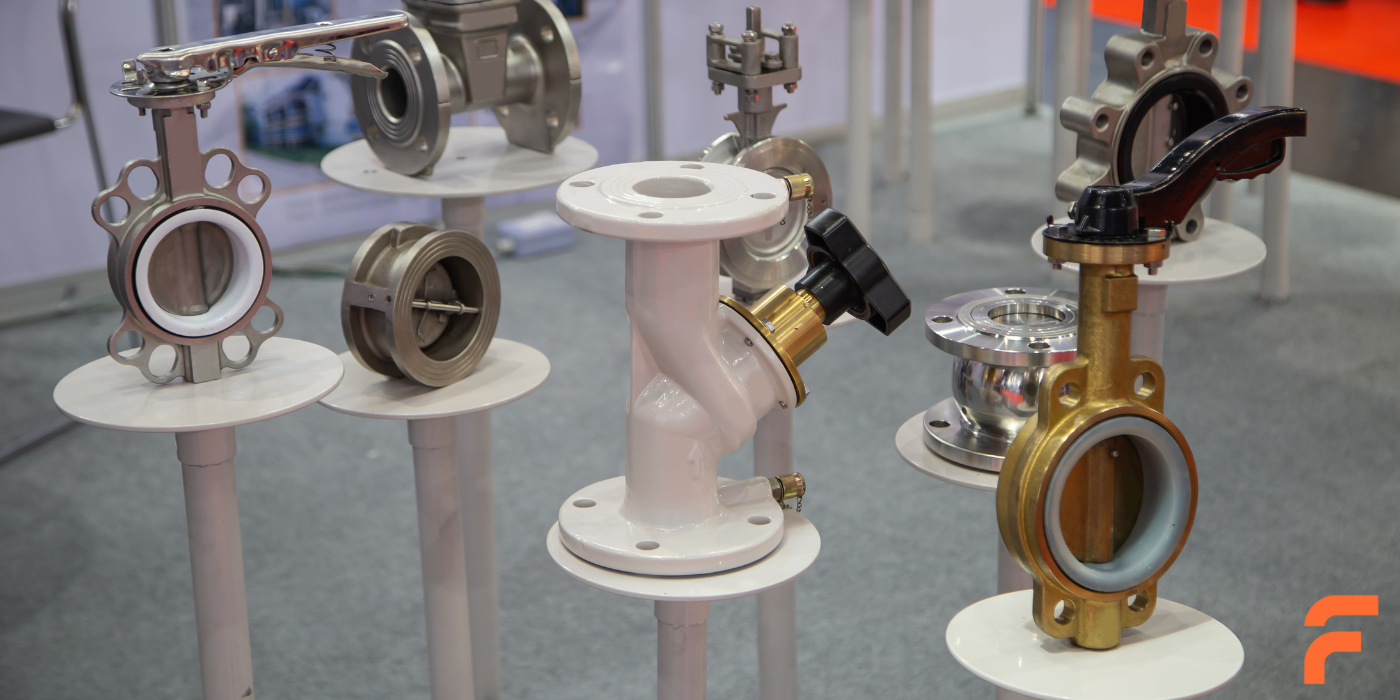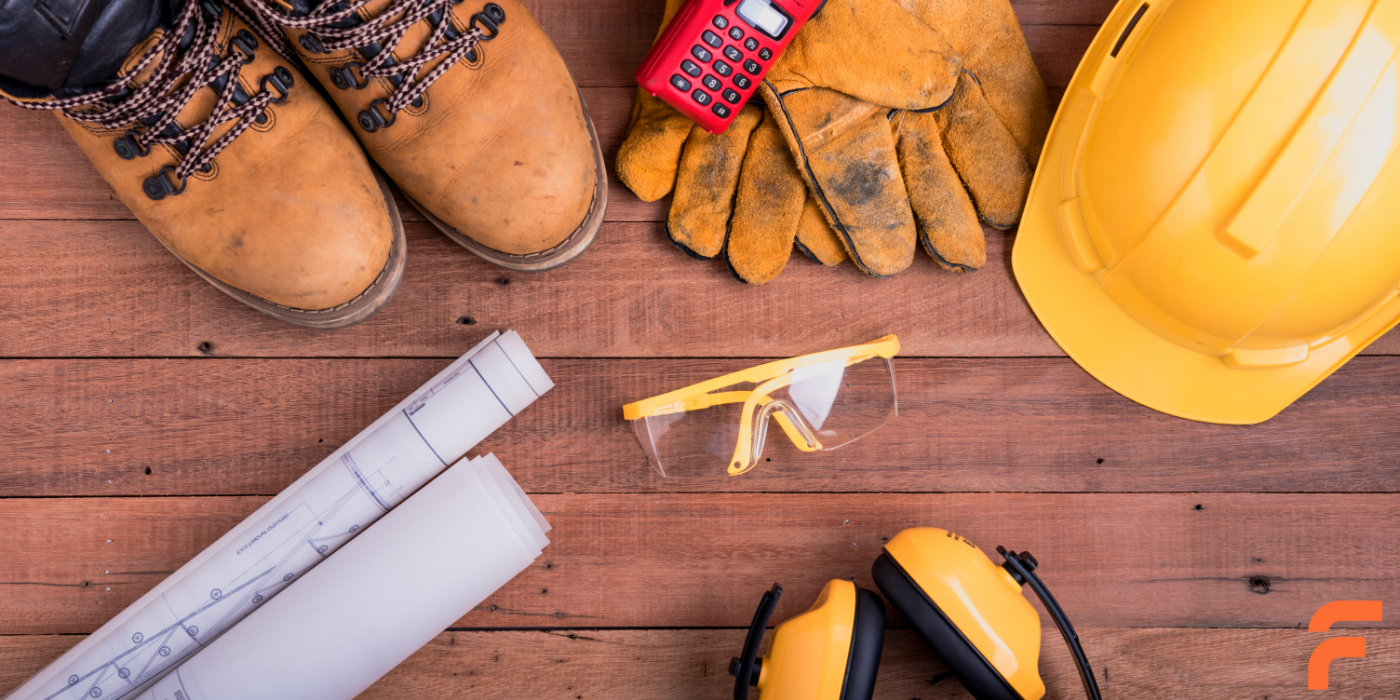Investment casting is a sophisticated manufacturing process that demands meticulous design and precise execution to produce high-quality components.
- Collaborative Design Goals
Investment casting aims to produce high-quality components that provide superior performance and durability. Early involvement of technical staff in the design stage is crucial. This collaborative approach ensures that mechanical design, process controls, economic considerations, and clear communication are effectively managed, resulting in components that meet stringent specifications at the lowest total cost. For more on the importance of collaborative design, visit American Foundry Society.
- Size and Weight Considerations
The size and weight of a component are critical factors influencing its cost. These parameters limit mold capacity, and the more pieces that can be produced per mold, the lower the part cost. Efficient engineering practices to reduce unnecessary mass are essential for cost-effective production. To learn more about size and weight considerations, check out Investment Casting Institute.
- Gate Design for Optimal Castability
Designing components with a single gate feed can enhance dimensional stability and reduce pour weight per mold. This design approach generally produces more pieces per mold and lowers overall costs by promoting directional solidification.
- Linear Tolerances and Part Configuration
Investment casting is capable of excellent repeatability, with typical tolerance capability influenced by part configuration. Symmetrical shapes with uniform wall sections are less prone to variation and distortion compared to non-symmetrical shapes. Normal linear tolerances and premium tolerances are defined to ensure components meet design requirements without excessive costs.
- Flatness, Straightness, and Concentricity
Maintaining flatness and straightness to specific tolerances is vital, with heavy sections potentially requiring additional adjustments. Concentricity, although challenging to measure, can be controlled through alternative notations like runout or position.


- Surface Texture and Radii
Surface roughness and radii play significant roles in the functionality and appearance of investment cast components. Large fillet and corner radii reduce stress and improve aesthetics. Secondary finishing operations may be necessary to achieve the desired surface textures.
- Tooling and Gating Witness
Various tooling standards ensure high-quality wax injection dies. The choice of tooling, from manual to fully automatic, impacts productivity and cost. Additionally, managing gate witness, the mark left by the gating process, involves balancing manufacturing economy and customer specifications.
- Additional Design Considerations
Wall Thickness: Small investment castings can have walls as thin as 0.030 inches, while larger castings require thicker walls depending on geometry.
Splines, Gears, and Threads: Profiles can be produced with high accuracy, ensuring precise fits and functionality.
Letters, Numbers, and Logos: Raised characters on depressed pads are easier to manufacture and provide sharp, clear features.
Gaging: 100% visual inspection of all parts is standard, with custom gages used to ensure dimensional accuracy.
Conclusion
Investment casting is a nuanced process that benefits significantly from early collaboration and detailed design considerations. This guide provides invaluable insights into optimizing part design for quality, cost-effectiveness, and performance.
By adhering to these best practices, manufacturers can achieve superior precision and durability in their investment casting processes. For further reading and resources, visit Foundry Channel.





